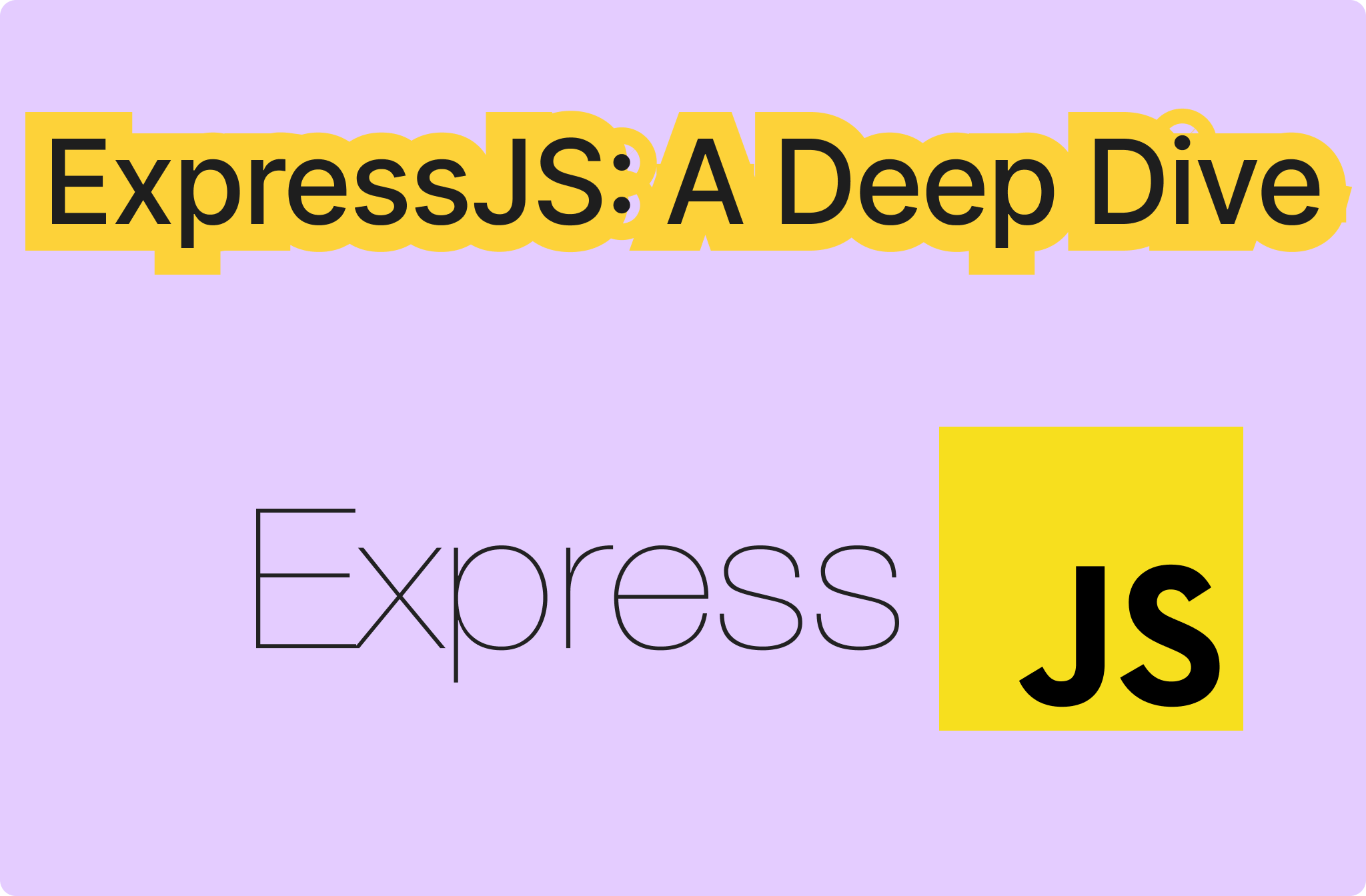63 個專案實戰,寫出作品集,讓面試官眼前一亮!
> **免責聲明:**本故事主要講述我的經歷。為了流程和參與度,我跳過了詳細的程式碼解釋和一些技術細節。這裡的目標是分享旅程,而不是提供深入的技術細分。 簡介:謙遜與 TypeScript 魔法的一課 ----------------------- 每個開發人員都會有*這樣的*時刻——...
大家好!在本文中我將描述建立 Gallery 應用程式的過程。您可以放心地使用此應用程式並按您的意願進行編輯(您只能在那裡更改圖片,因為有許可證)。雖然功能不多,但是我認為,它非常適合用作工作範例。 💻 該應用程式是什麼樣的,它的功能是什麼? --------------------- ...
**介紹** ------ 大家好,很高興見到你們回來!對於我們程式設計師來說,深入研究 Bash 腳本的世界確實很重要。這一切都是為了建立腳本,本質上是小程序,來自動執行我們每天面臨的那些繁瑣、重複的操作。我們無需一遍又一遍地手動執行命令,而是使用腳本來簡化它們。 它透過自動化日常事...
[](https://leapcell.io/?lc_t=d_restful) RESTful API(表述性狀態轉移...
[](https://leapcell.io/?lc_t=d_jsauth) 在前端專案開發中,使用者認證主要有四種方...
總結 -- 在本教學中,我們將指導您使用[Anthropic AI API](https://www.anthropic.com/api) 、 [Pinecone API](https://www.pinecone.io/)和[CopilotKit](https://go.copilotki...
自訂鉤子不僅僅是 React 中的一個便利性——它們也是模組化和可維護程式碼的遊戲規則改變者。它們允許開發人員以以前不可能的方式封裝邏輯、管理狀態並簡化複雜的功能。 ** 。這種強大的不變性不僅僅是另一種方法 - 它是您編寫更安全、更可預測的程式碼的秘密武器✨。 老實說,當我第一次發現 Object.freeze() 時,我幾乎忽略了它。 「只是不要...
正如我在之前的文章中所解釋的,我們正在致力於建立[LiveAPI](https://hexmos.com/liveapi/) ,一個超級方便的自動 API 文件產生工具。 LiveAPI的後端是Golang,我正在發現Golang獨特而酷的功能。 對於那些不知道的人來說, [Golang(Go...
對於科技來說,這將是激動人心的一年,我們可能會看到跨多個領域、人工智慧工具、框架、資料庫等的突破性成就, 因此,我策劃了一些您必須用來建立下一個大型專案的開源工具。 如何在其中一些方面提供協助。 讓我們跳進去吧。 --- 🎯 擴充後端意味著什麼? ...
[](https://leapcell.io/?lc_t=d_js) Express 是 Node.js 中極為常...
讓我們編寫的程式碼盡可能清晰且易於閱讀非常重要,這樣任何不熟悉程式碼庫的人都能夠輕鬆理解它的功能。在處理物件導向的 Python 程式碼時,使用 dunder 方法(也稱為魔術方法)是實現此目的的有用方法。它們允許我們的使用者定義的類別使用 Python 的內建和原始構造 - 例如`+` 、 `*`...
嘿,開發人員! 因此,我最近一直致力於一些以 SEO 為重點的專案,我想我應該向 Next.js 開發人員分享一些我在這一過程中學到的最佳實踐和策略。 --- Next.js 2025 年 SEO 檢查表 ---------------------- **目錄** -...
2024 年是瘋狂的一年,圍繞著人工智慧和軟體開發發生了很多事情。我相信到 2025 年這只會變得更加有趣。 Javascript 仍然是全球開發者建立可投入生產的應用程式的首選,並且到 2025 年仍將如此。 因此,我收集了 25 個儲存庫,它們在 2024 年顯示出巨大潛力,並且肯定...
### 概括 🔍 你的除錯超能力是什麼?我的發現是 console.trace() - 它透過揭示程式碼中的確切執行路徑,將數小時的偵錯時間縮短為幾分鐘。在下面的評論部分分享您改變遊戲規則的除錯工具,它改變了您的開發工作流程! *跳過介紹,進入內容要點* 介紹 -- 當我第...
您是否遇到過需要「點擊按鈕」等操作才能顯示更多內容的網頁?此類頁面稱為“動態網頁”,因為它們根據使用者互動加載更多內容。相較之下,靜態網頁會立即顯示所有內容,無需使用者操作。 從動態頁面中抓取內容可能會令人畏懼,因為它需要模擬用戶交互,例如單擊按鈕來存取其他隱藏內容。在本教程中,您將學習如何透...
多年來,JavaScript 發生了巨大的發展,引入了使編碼更加高效、可讀和強大的功能。然而,許多開發人員仍堅持舊習慣,錯過了一些非常有用的功能。讓我們深入探討您可能使用得不夠多的**五個 JavaScript 功能**,以及為什麼您應該立即開始使用它們。 --- ### 1.**可選連...
在這篇文章中,我將引導您了解如何在**TypeScript**中建立**事件驅動的**Node.js 應用程式。我們將從傳統應用程式開始,然後採取所需的步驟,透過**Pub/Sub**進行通信,使服務鬆散耦合。 我們將了解如何**在本地執行應用程式**,以及如何將事件驅動的應用程式**部署到雲...
### 乾淨程式碼的藝術:撰寫可維護 JavaScript 的實用指南。 ### **介紹:** 編寫乾淨的程式碼不僅僅是一種美觀的選擇,它是減少錯誤、增強協作並確保軟體專案的長期可維護性的基本實踐。本指南探討了編寫乾淨 JavaScript 程式碼的原則、實作和實用方法。 ###...
精選技術文章、免費程式設計資源、以及業界重要新聞!
也歡迎訂閱 YouTube 頻道,觀看每週二晚間的《CodeLove Talk》直播節目,一起討論軟體開發相關的話題!